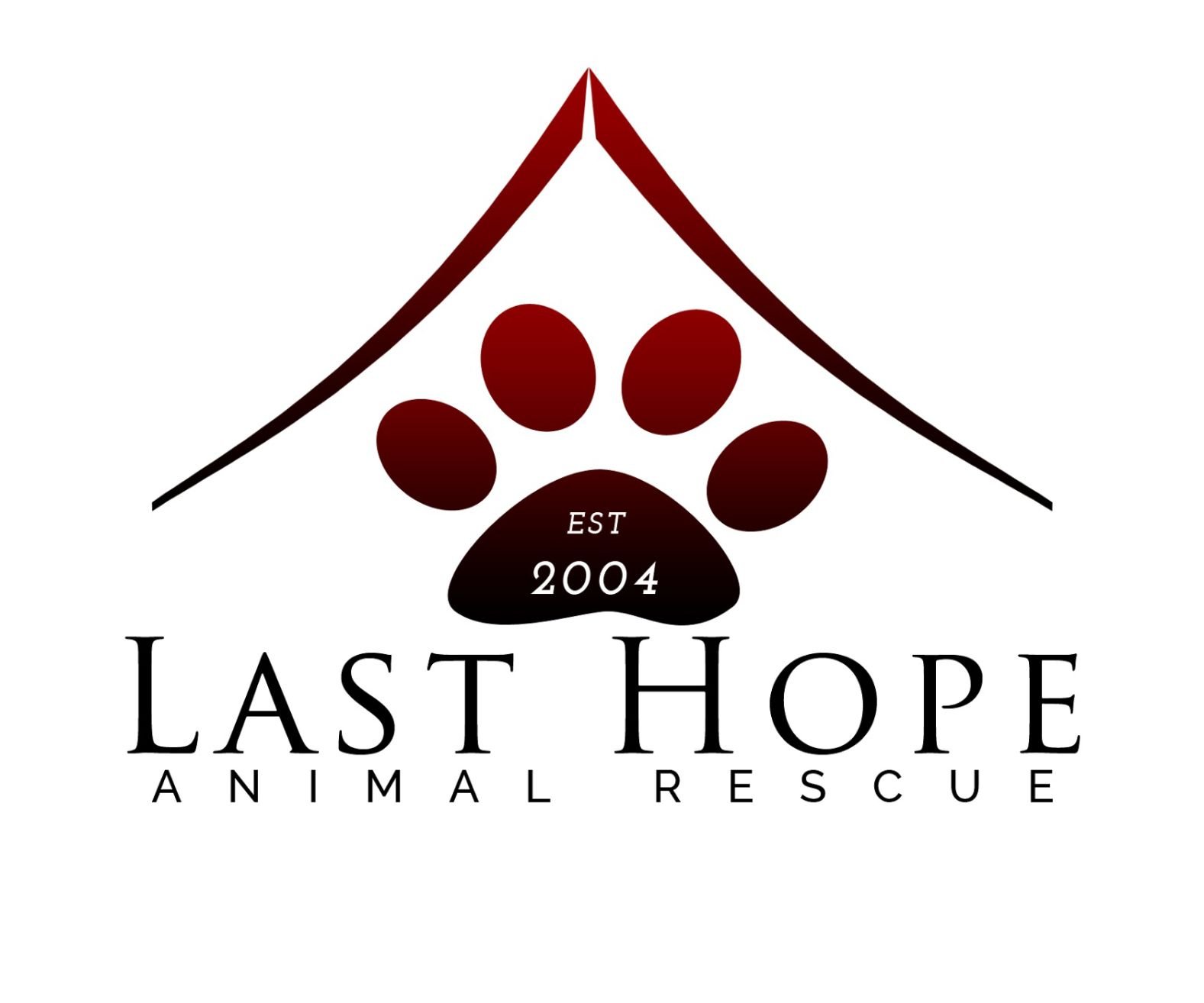

As a result of the illegal trade, there were alarmingly few young animals in the wild groups. The results showed the grim truth of the situation. We initiated research to learn about the state of the population in the National Park and the extent of the illegal trade. Farmers mainly complained to them that the monkeys were a nuisance because they regularly plundered cherry trees. The government was not aware of the scale of the problem.

Ifrane National Park, near the town of Azrou, appeared to be popular among poachers. Upon investigation, we discovered that the monkeys were poached from the Atlas Mountains in Morocco. Where were all these monkeys suddenly coming from? More Barbary macaques came to Stichting AAP than the shelter could handle, arriving in dozens from France, Belgium, Spain and the Netherlands. Unfortunately, Rizzly's story was not unusual. The trauma of his early life will always haunt him. He is doing well now, but he will never be completely healed of his self-mutilating behavior. He was reunited with his own kind, and re-learned what it was to be a monkey. Once there, Rizzly embarked on a difficult rehabilitation process. Out of desperation, Rizzly’s owner contacted Stichting AAP. Rizzly was locked in a cage and in response to stress and loneliness, he started to severely bite and scratch himself. When Rizzly was about two years old, he started attacking visitors to the apartment of his owner in Paris, and some years later his owner as well. The consequences were horrific for all concerned. Rizzly was less than one year old when he was trapped by poachers, smuggled to Europe and sold to a man in Paris who was looking for an extraordinary pet.

The last hope for the species consists of a number of small groups living in the Atlas and Rif mountains of Morocco. In Algeria, a very small fragmented population remains in the north-west. However, the species is now extinct in Egypt, Libya and Tunisia. Historically the species’ habitat extended across all of North Africa. The Barbary macaque finds its home in the mountains of north-west Africa, with its icy, snowy winters and hot, dry summers. They live in close-knit groups made up of different families and the males contribute significantly to caring for the young. For a macaque, it is a relatively peaceful species. It is the only species of the genus Macaca living outside Asia and the only non-human primate north of the Sahara desert. The Barbary macaque (scientific name Macaca sylvanus) is a so-called "Old World monkey". This is a success story – but not one without its ups and downs. Dozens of times it brought me to the last stronghold of the wild Barbary macaque: the Atlas Mountains in Morocco. First at my job at AAP, then as an independent wildlife conservationist, and finally as a wildlife conservation expert at IFAW. How Rizzly and many of his peers ended up at AAP was a question that kept me occupied for 20 years.

Unfortunately, Rizzly was not in the cedar forests of Morocco, but at an animal shelter called Animal Advocacy and Protection (AAP) near the Dutch city Almere. I had never heard of the species before and in fact, had no idea that there were primates living in Northern Africa. The first time I saw a Barbary macaque was twenty years ago.


 0 kommentar(er)
0 kommentar(er)
